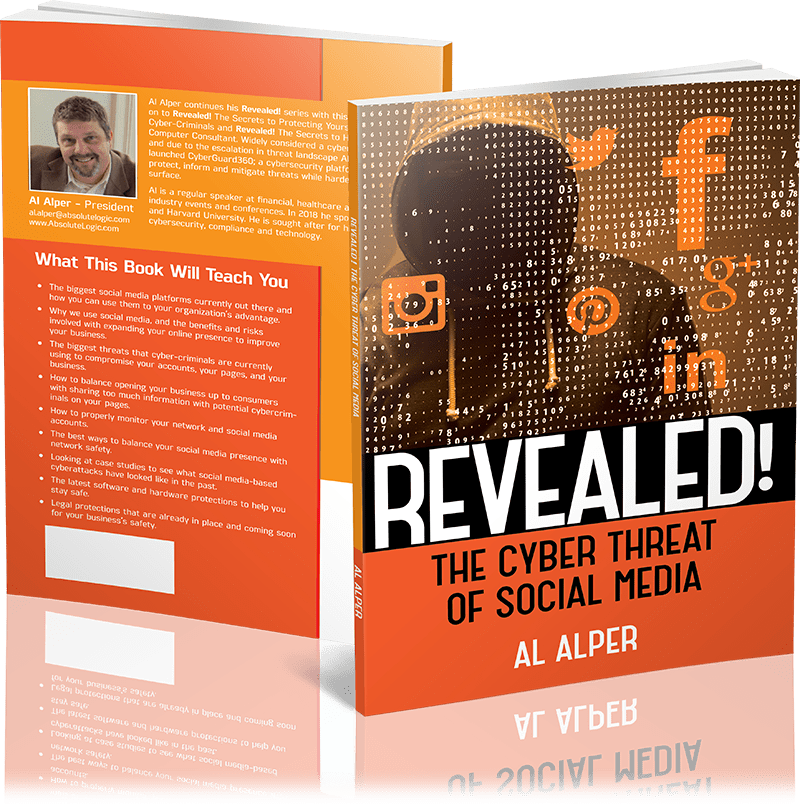Introduction
Artificial Intelligence (AI) has overtaken personal lives and workplaces alike. Headlines now promise that AI will catch hackers before they strike, detect threats faster than humans, and make our digital lives safer.
In some ways, that’s true. AI is making progress in helping us spot unusual activity and analyze massive amounts of data.
Here’s the question we don’t ask enough, however: Is AI really fixing our security problems—or just automating the flaws we already have?
Upsides of AI
Think of AI like a watchdog that never sleeps. It can….
- Scan through millions of emails to flag phishing attempts.
- Spot unusual login patterns that might mean an account has been hacked.
- Help automate repetitive tasks so security teams can focus on bigger issues.
- Flag and stop suspicious downloads before they harm your device.
For your daily professional tasks, this means you might see fewer scam emails in your inbox or get faster alerts if your account is breached. That’s the upside of automating your workflows!
Downsides of AI
AI is only as smart as the data it’s trained on. If that data contains errors or bias, AI will repeat those mistakes…and even make up facts (known as AI “hallucination”) at lightning speed. What’s more, threat actors can and do weaponize the same artificial intelligence you use for convenience.
For example:
- If attackers learn how an AI filters phishing emails, they’ll design new ones that slip right past it.
- When AI tools are too strict, they can block legitimate work, which leads people to look for risky workarounds.
- Threat actors can use AI to scan your public profiles and assemble a personalized, convincing spear-phishing scam.
- Deepfakes take your voice or likeness and create false audiovisuals that look and sound real.
In other words, AI doesn’t magically solve security problems. It just automates the rules and patterns we feed into it. Technological tools don’t have morals like humans do. If a threat actor decides to use it for their own gain, then AI will help them too.
Then there’s this to consider: Recent studies show that between hallucinations and other mistakes, AI can fail accuracy tests up to 80% of the time.
One of the biggest dangers is thinking, “The AI has it covered.” Attackers know this mindset, and they’ve already started using AI themselves. If we blindly trust security AI, we risk letting our guard down just when we need it most.
How to Use AI Safely and Efficiently
AI works best when paired with human judgment. So what does that mean for you? How does this affect your daily cyber-hygiene at work?
- Stay alert. Don’t assume “the system” will catch everything. Your instincts still matter.
- Question the output. If AI flags something as safe but it looks suspicious, trust your gut.
- Learn the tools. If your workplace uses AI security software, take time to understand what it does (and what it doesn’t do). Alternatively, don’t use unauthorized tools.
- Report quickly. Even if AI misses something, a fast report from you can stop damage from spreading.
AI is a powerful addition to the cybersecurity toolbox, but it’s not a cure-all. It can reduce risk, but it can’t replace human vigilance, judgment, or common sense.
Conclusion
While smart technology has gotten incredibly smart, it was still designed by people—and people make mistakes. Meanwhile, years of expert honing has made AI capable of automating plenty of basic tasks, where the minutiae of repetitive action forms a breeding ground for human error.
The real future of security, therefore, isn’t AI alone. It’s AI and people working together, covering each other’s blind spots.
The post Is AI Fixing Security, or Just Automating Our Flaws? appeared first on Cybersafe.




